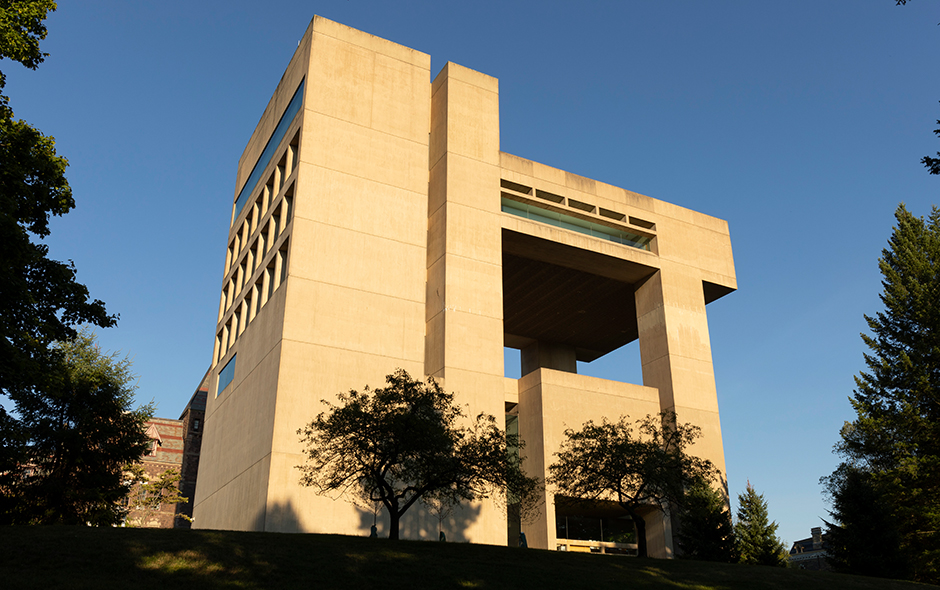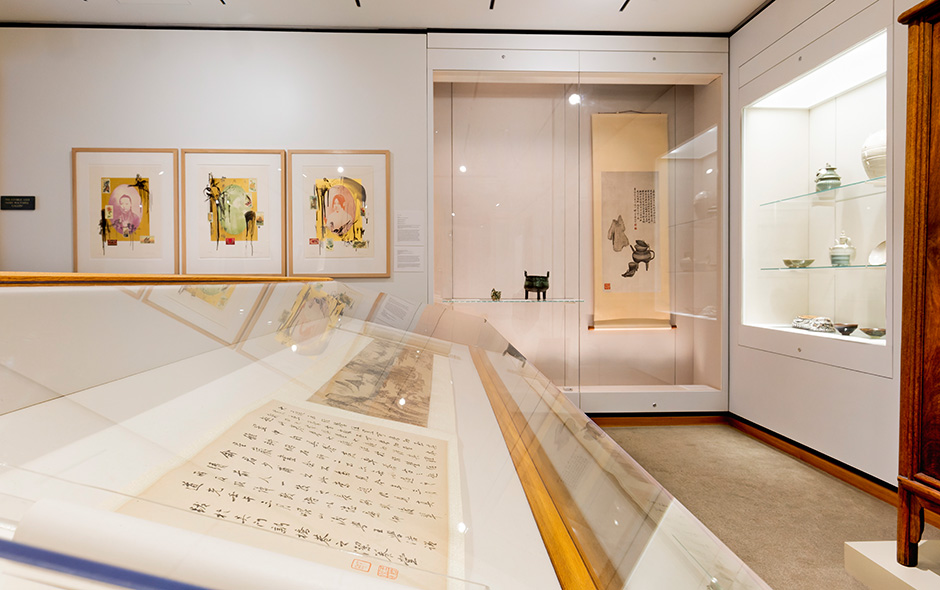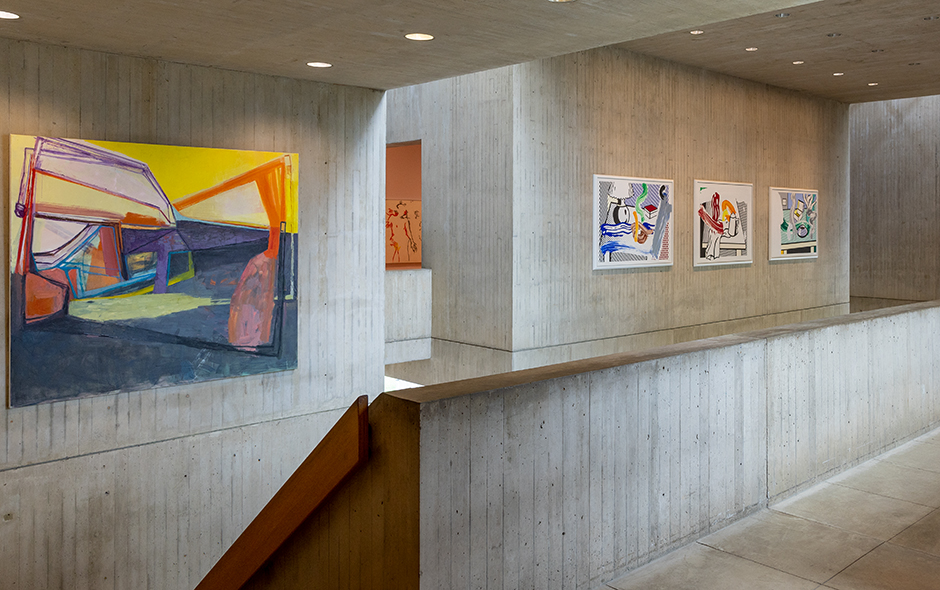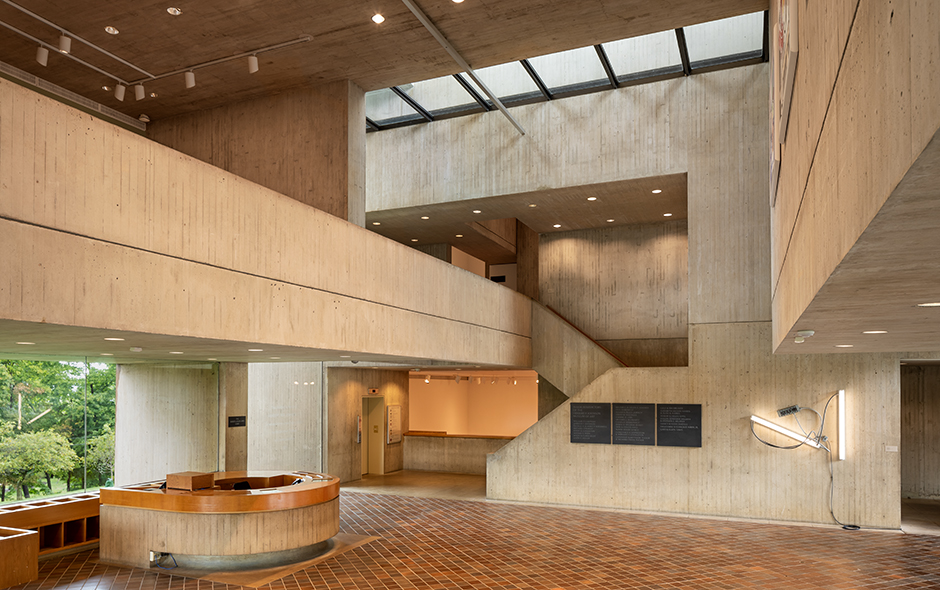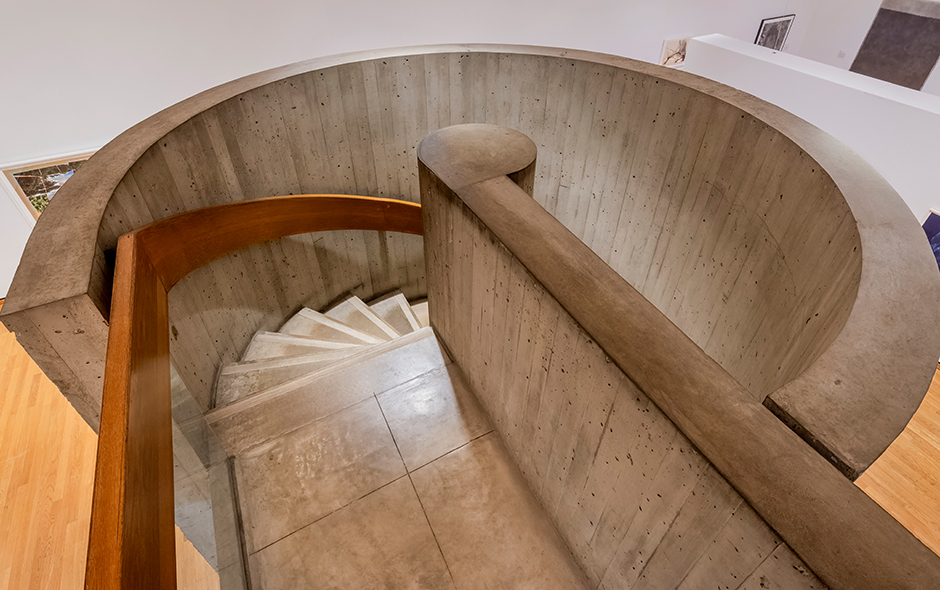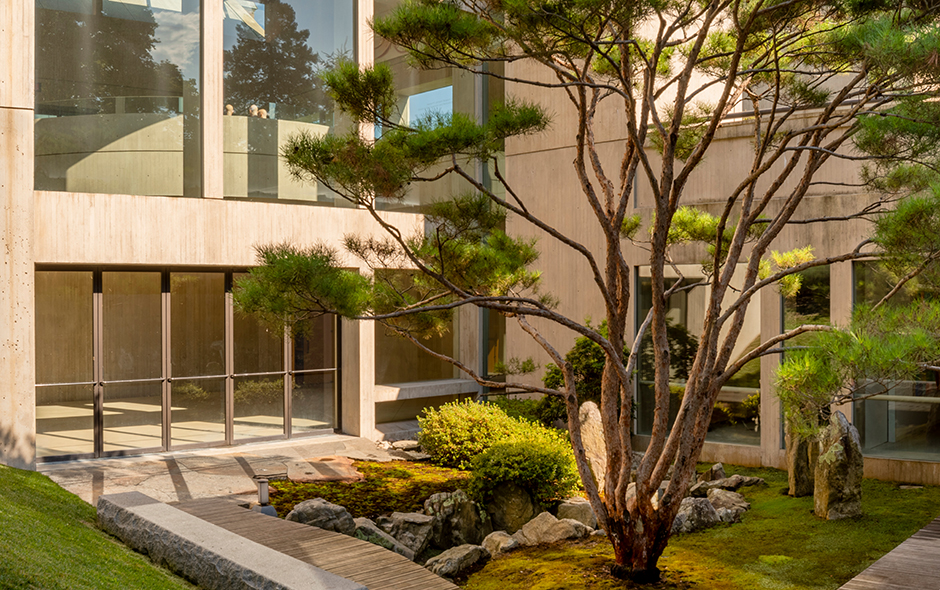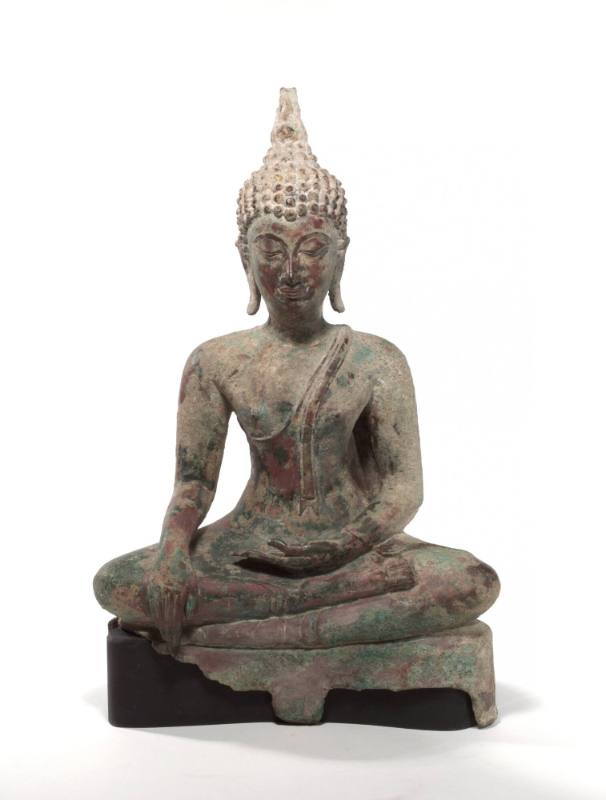William Zorach
(American, born in Lithuania, 1887–1966)
Conflict (also called The Wrestlers and Cain and Abel)

Object Details
Artist
William Zorach
Date
1935
Medium
Bronze
Dimensions
Part a: 84 1/4 × 55 × 21 inches (214 × 139.7 × 53.3 cm)
Part b: 88 × 43 × 25 inches (223.5 × 109.2 × 63.5 cm)
Credit Line
Gift of Peggy and Tessim Zorach in honor of Richard J. Schwartz, Class of 1960
Object
Number
90.027 a,b
William Zorach, who came to the United States from Lithuania in 1893, was deeply influenced by the F(…)
William Zorach, who came to the United States from Lithuania in 1893, was deeply influenced by the Fauvist and Cubist movements in their focus on simplified and somewhat abstracted forms. He began his career as a painter, but in 1922 he switched his medium to sculpture because he found in it a physical and emotional outlet. Conflict was made when Zorach was at the height of his powers. He had just completed a work for Radio City Music Hall and had received a new commission from the United States Treasury Department. His simplified, monumental style was coming into favor, and his work was entering important public and private collections. An enthusiastic supporter, Abby Aldrich Rockefeller, a founder of the Museum of Modern Art, had already purchased several small works when she asked Zorach to design some pieces relating to sports for a sculpture garden she was planning. Zorach made several small models in bronze: a tennis player, a football player, a baseball catcher, and these two wrestlers. Unfortunately, RockefellerÕs husband, John D. Rockefeller, Jr., was not enthusiastic about the project, and it was never realized. Zorach later carved the football player in stone and gave it to the Bowdoin College Museum. He enlarged the two wrestlers and cast them in bronze, entitling them, at various times, Conflict, Cain and Abel, and The Wrestlers. (From “A Handbook of the Collection: Herbert F. Johnson Museum of Art,” 1998)



